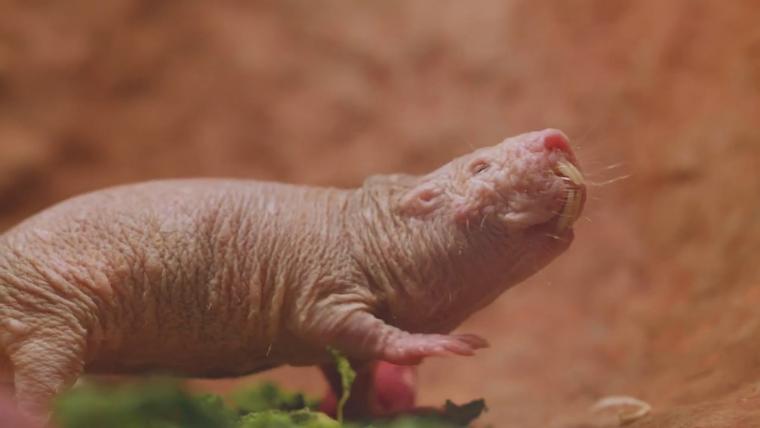
The invincible rodents: How naked mole rats conquer cancer, pain, and darkness
Naked mole rats are unlike any creature on Earth. With wrinkly bodies, beady eyes, and sabre-shaped teeth, they seem more suited on an alien planet than in the African desert. But while their appearance might not do them any favours above ground, it makes them invincible beneath it.
Naked mole rats are typically found burrowing in the semi-arid regions of Ethiopia, Kenya, Djibouti, and Somalia. To thrive underground, these rodents have adapted to life in complete darkness. Although appearing nude, their bodies are covered from head to tail in about a hundred fine hairs. These scraggly whiskers keep them cool in temperatures of up to 30 degrees celsius and double up as sensors to navigate through a labyrinth of tunnels. Their tool of choice for these excavations are a pair of ever-growing incisors. The teeth protrude from their snouts, allowing their lips to remain shut while they dig. Shoveling the dirt with these picks, they create multiple interconnected chambers, including a pantry to store roots and tubers, a nursery, and even a bathroom.
Unlike other mammals, naked mole rats are the only species that is eusocial. They live in cooperative groups in which only one female breeds and the rest work to sustain the colony, much like bees. Living with up to 300 roommates can become unbearable. Fortunately, naked mole rats hardly feel pain. Their nerve receptors have evolved over time to endure the most extreme conditions, registering just a third of the pain other rodents do. These critters can also live up to the age of 30 and have shown a remarkable resistance to cancer. New research reveals that a unique microenvironment in their bodies allows them to prevent the initial stages of the disease.
We stand to learn a lot from naked mole rats if we look past what lies on the surface. Whether it's how to thrive in uninhabitable conditions or overcome cancer, these rodents may hold the secrets to some of our greatest challenges.
Footage by the Smithsonian’s National Zoo was used in the creation of this film.
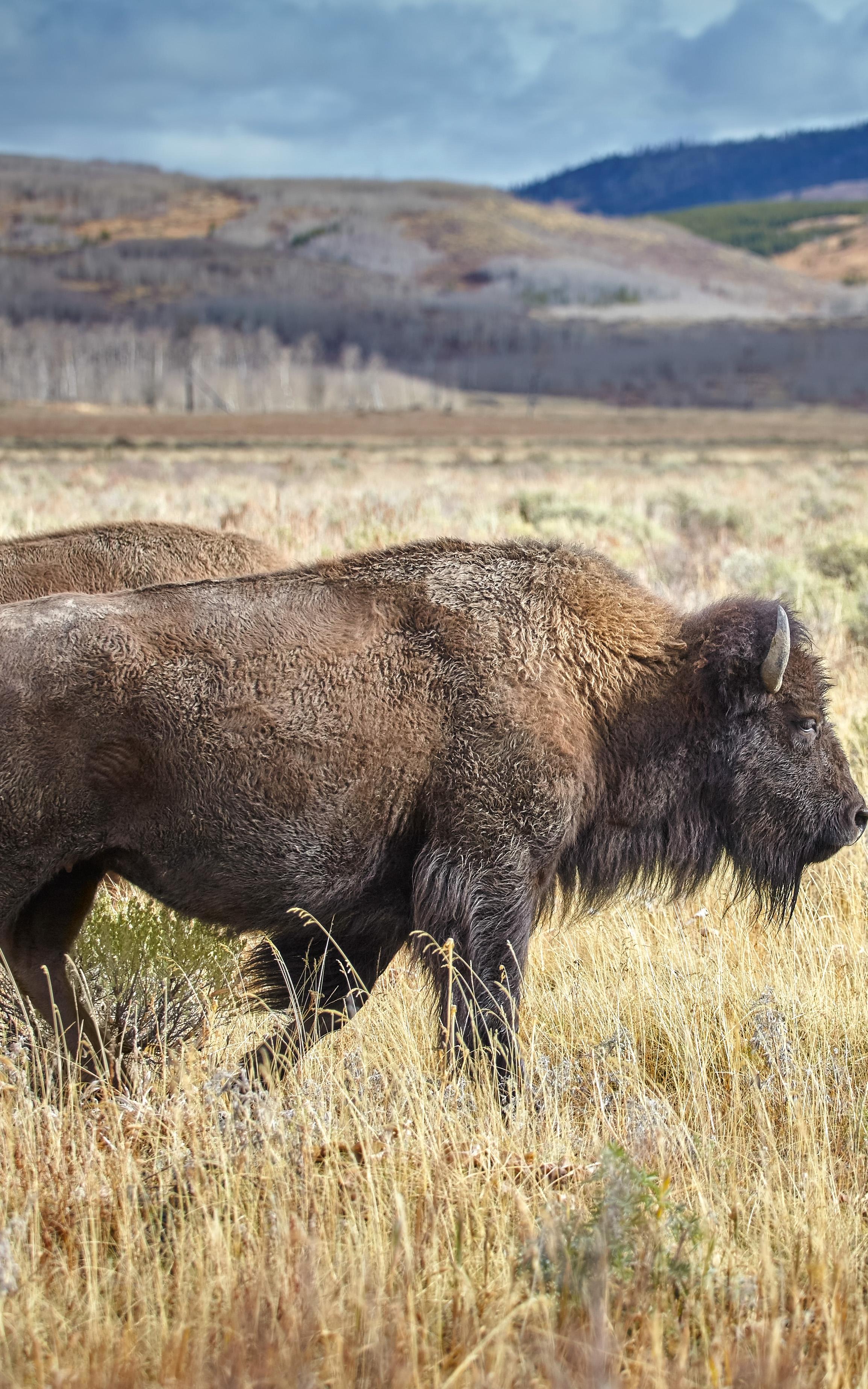
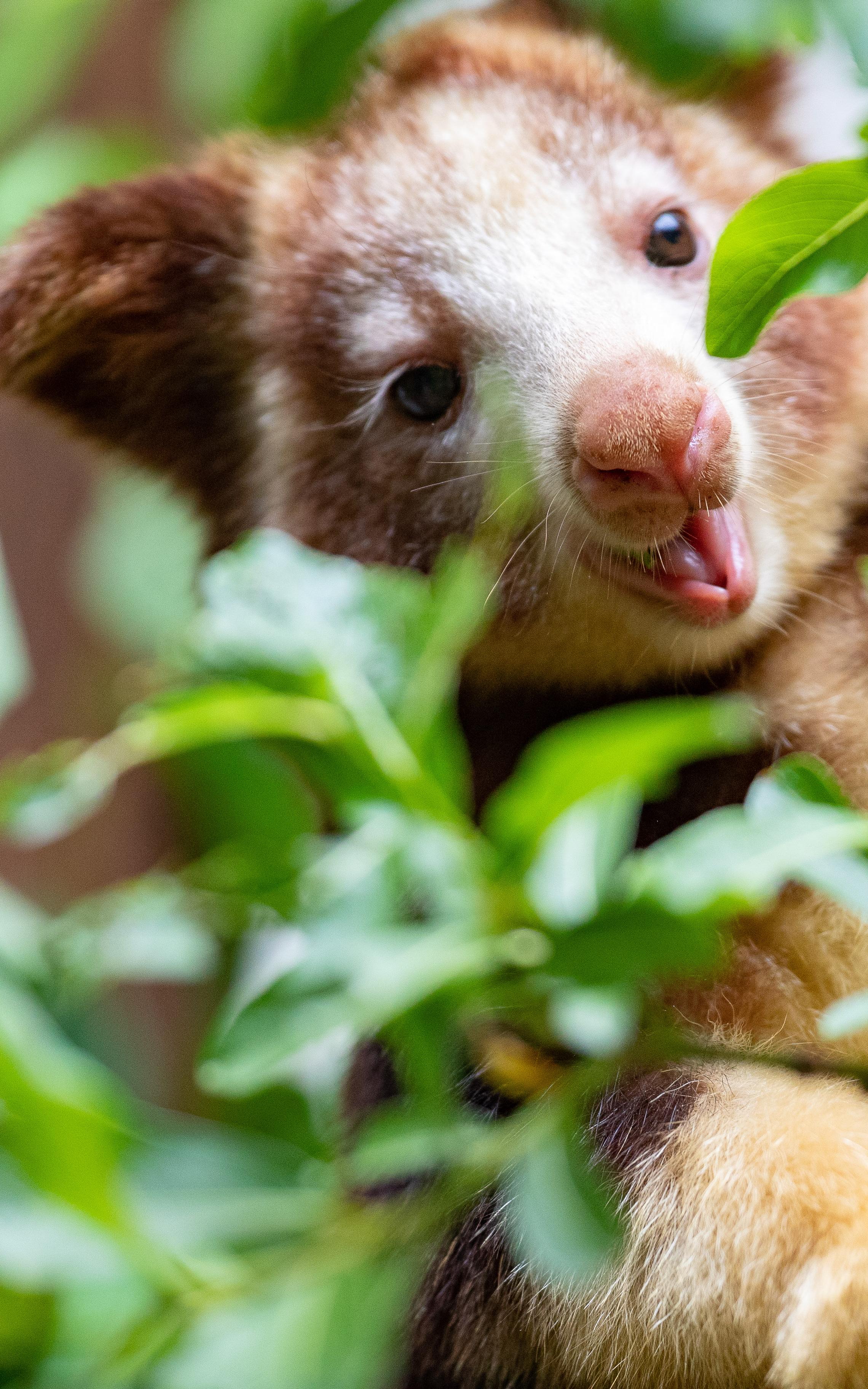
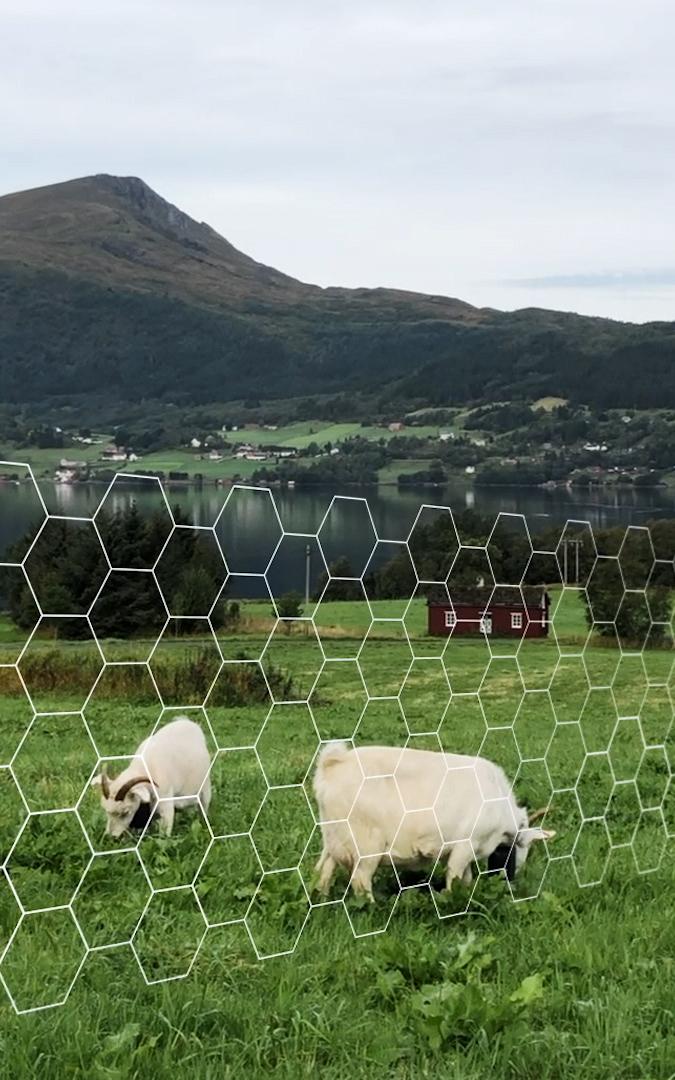
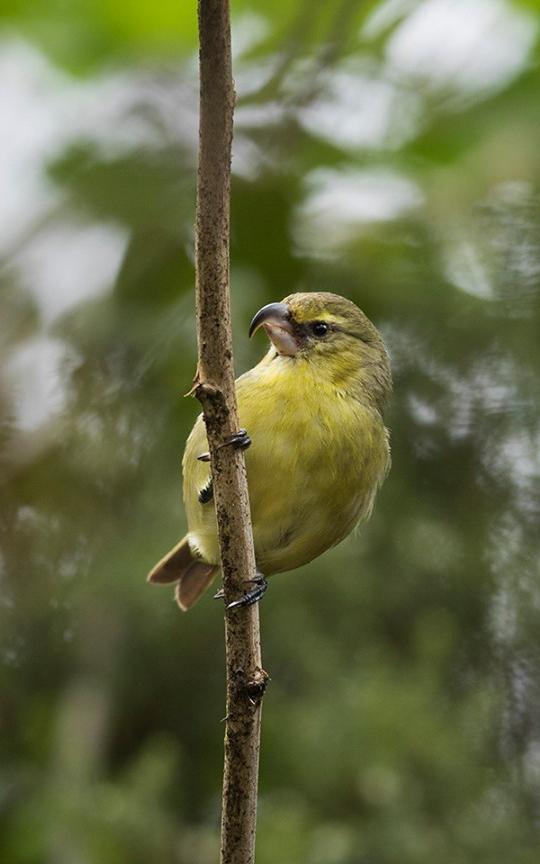
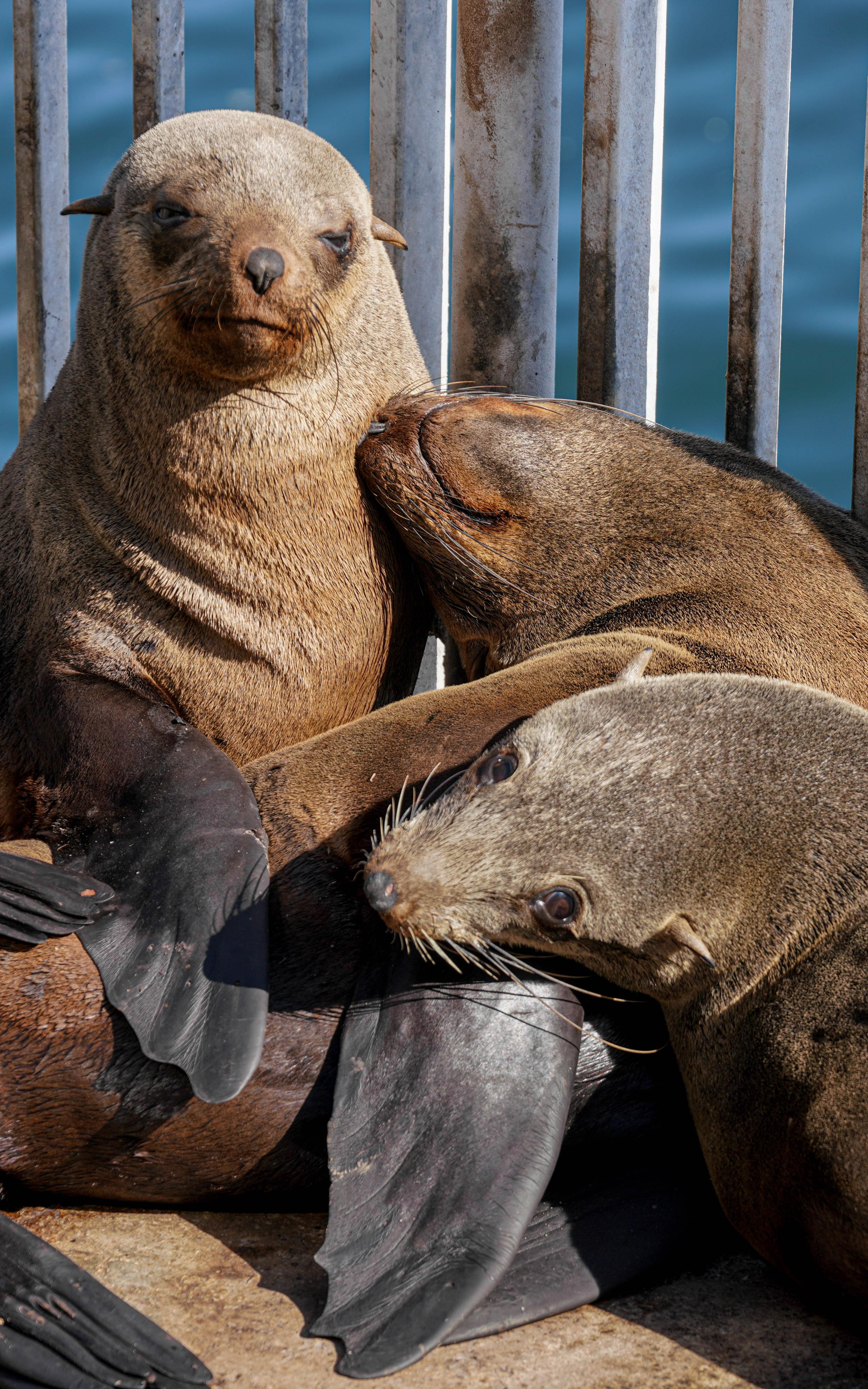
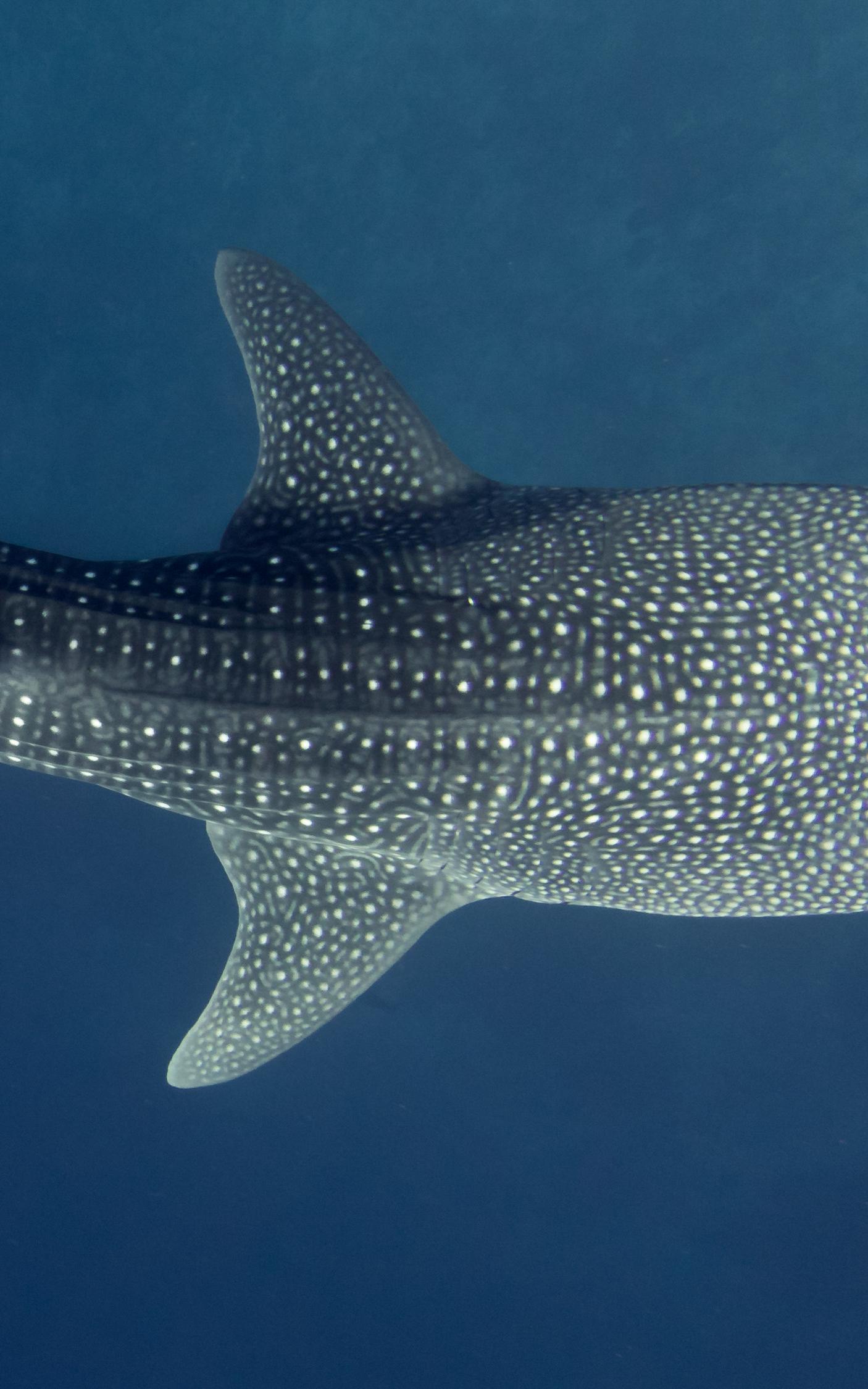
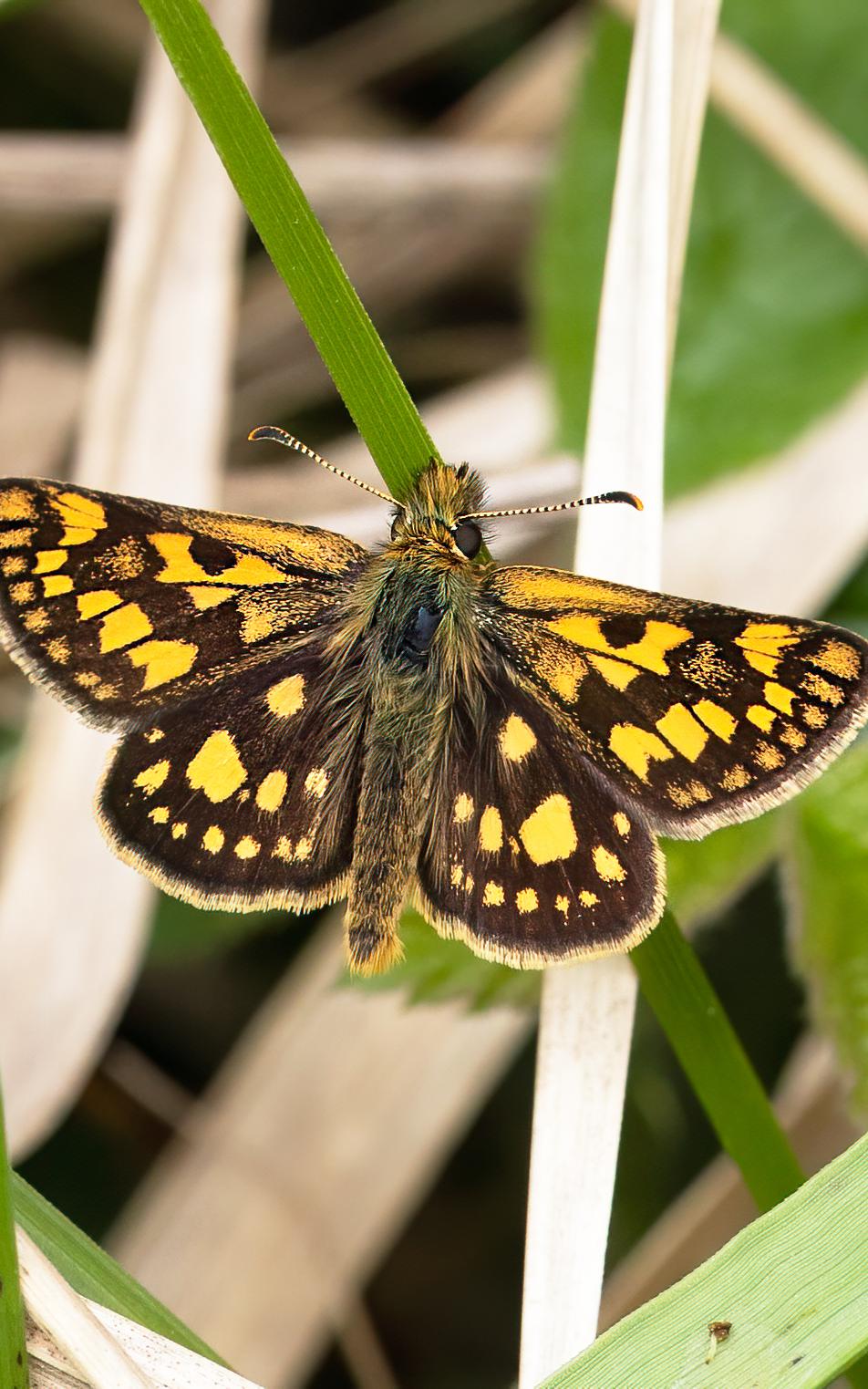
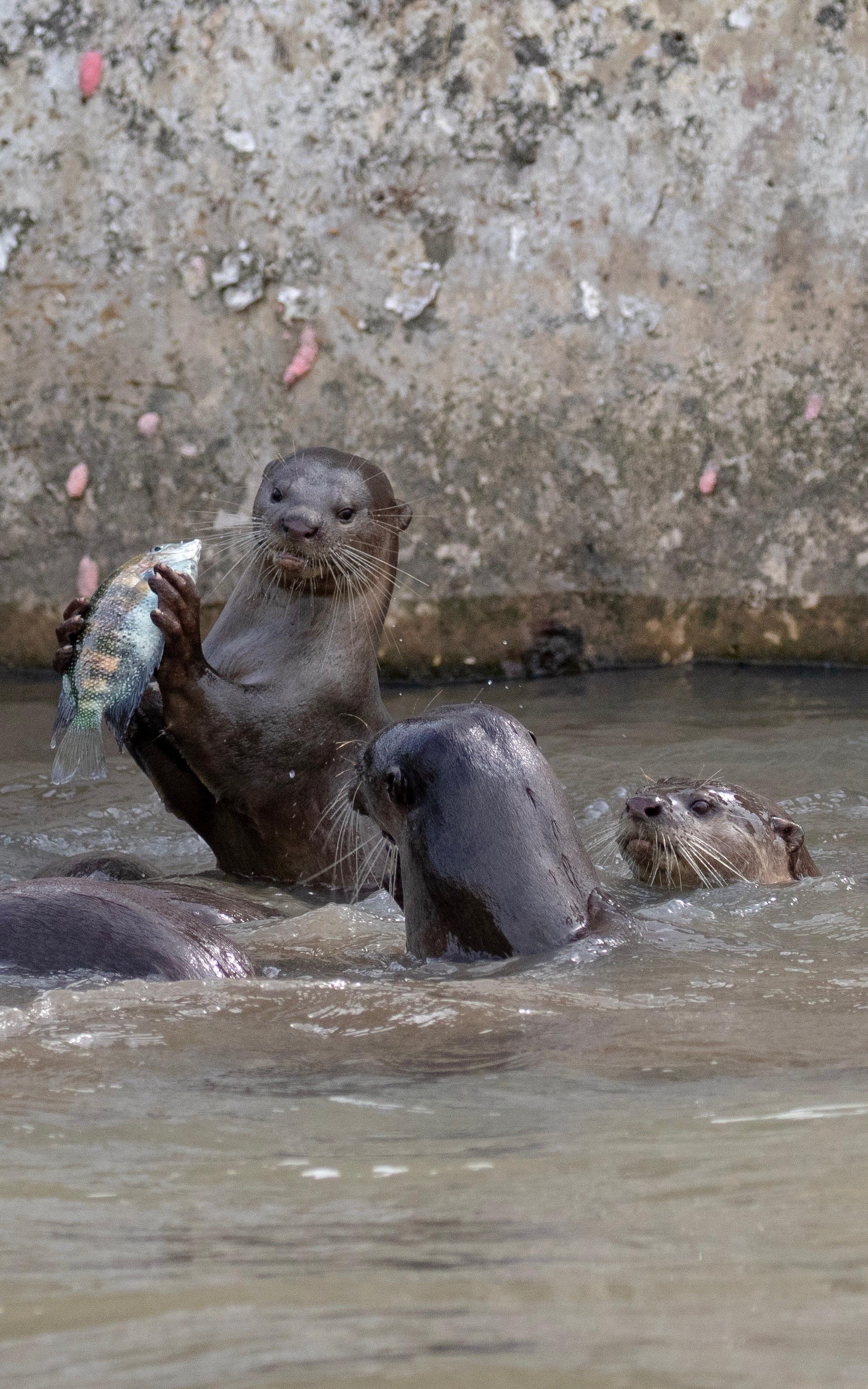
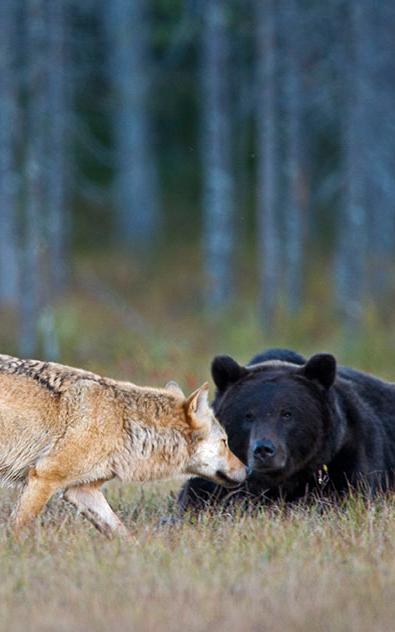
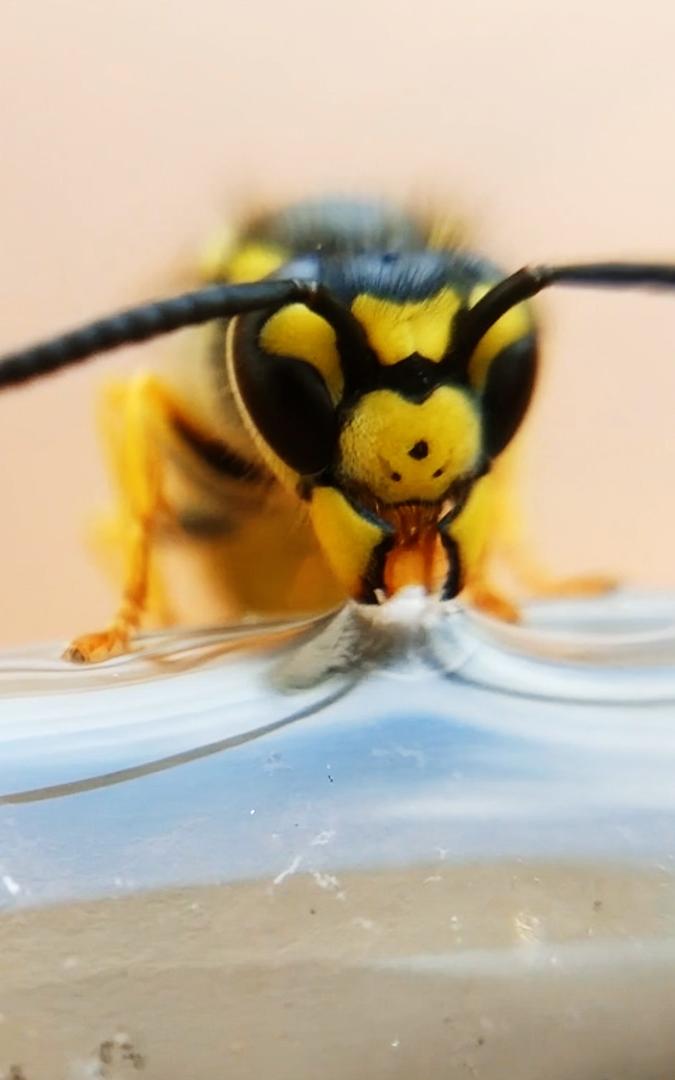
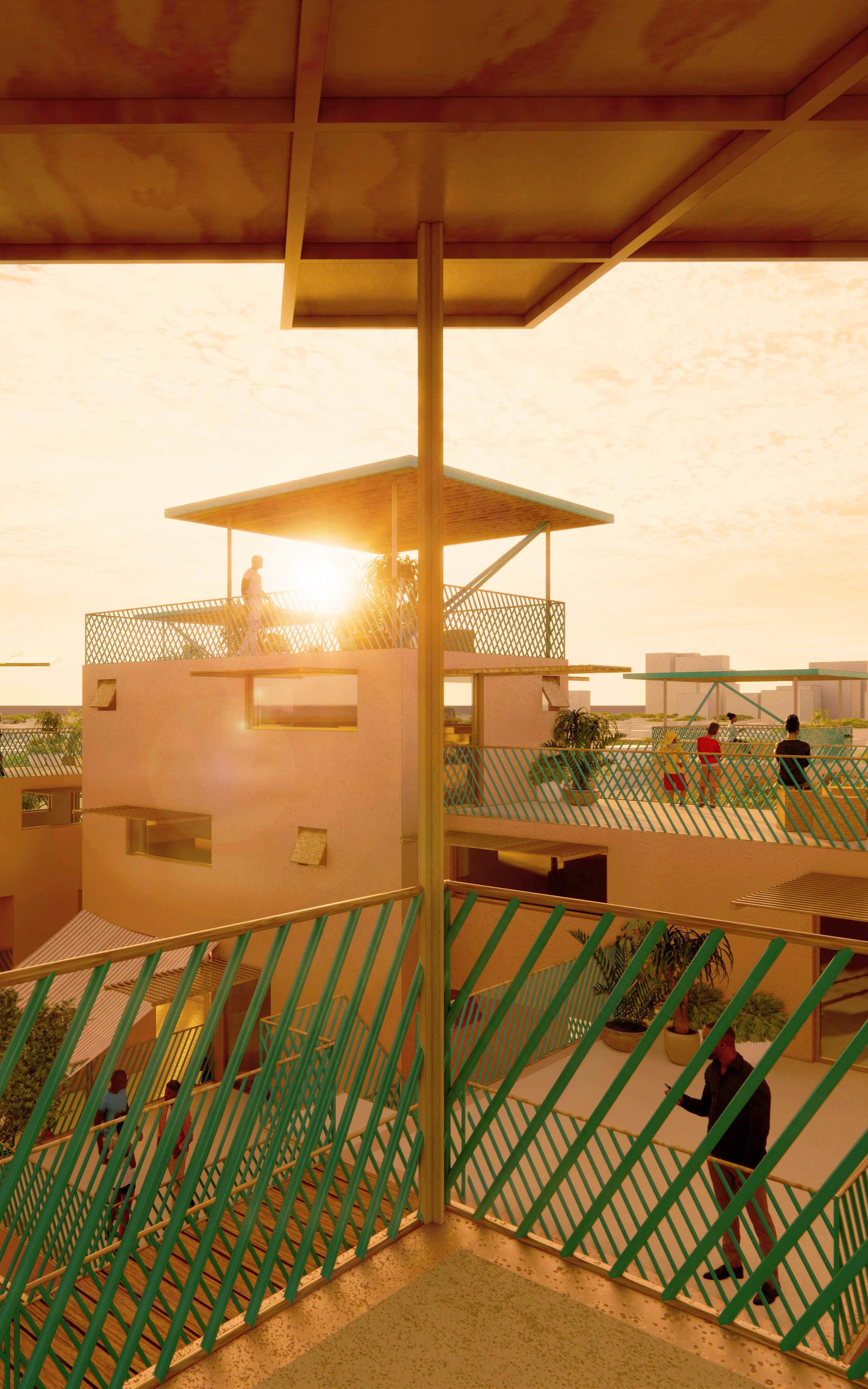

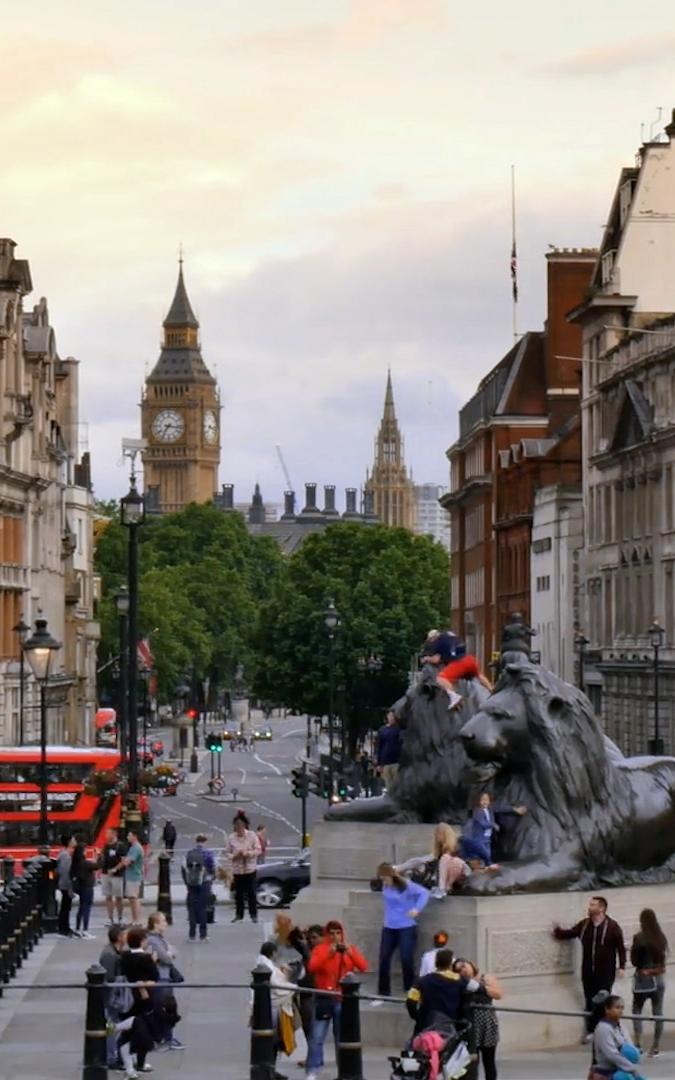

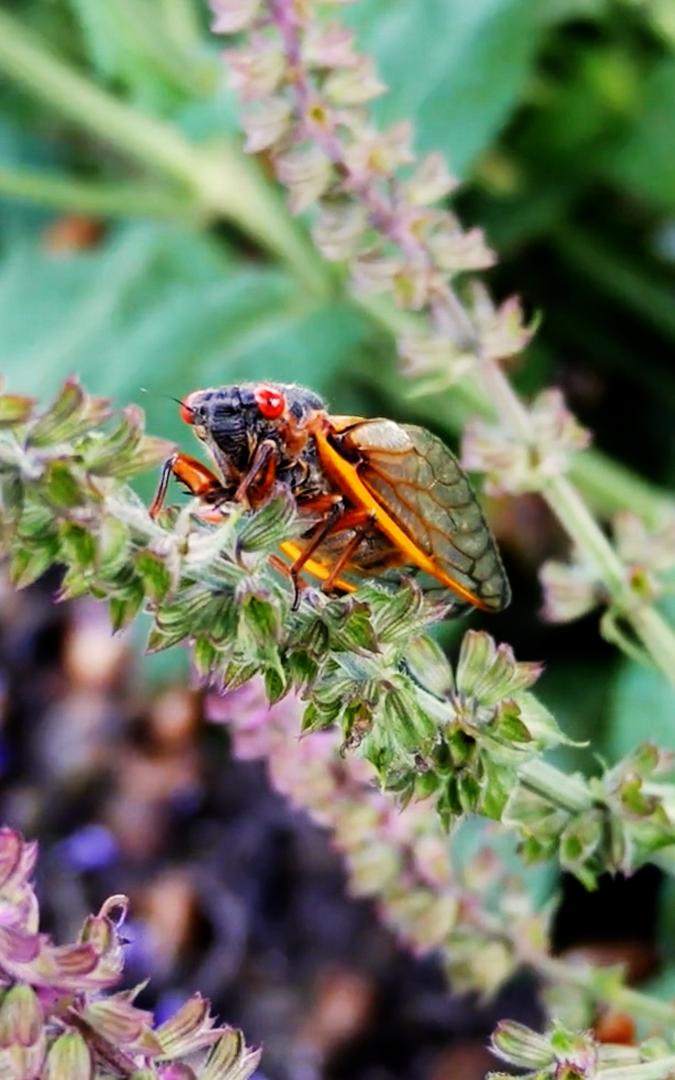




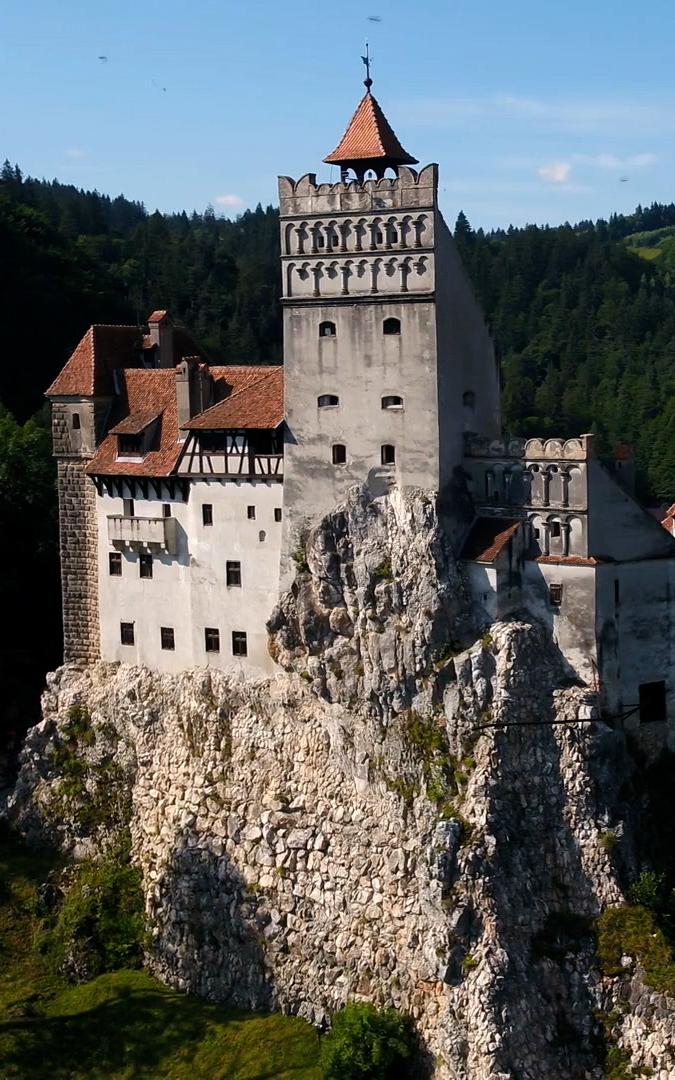
Please sign in to leave a comment